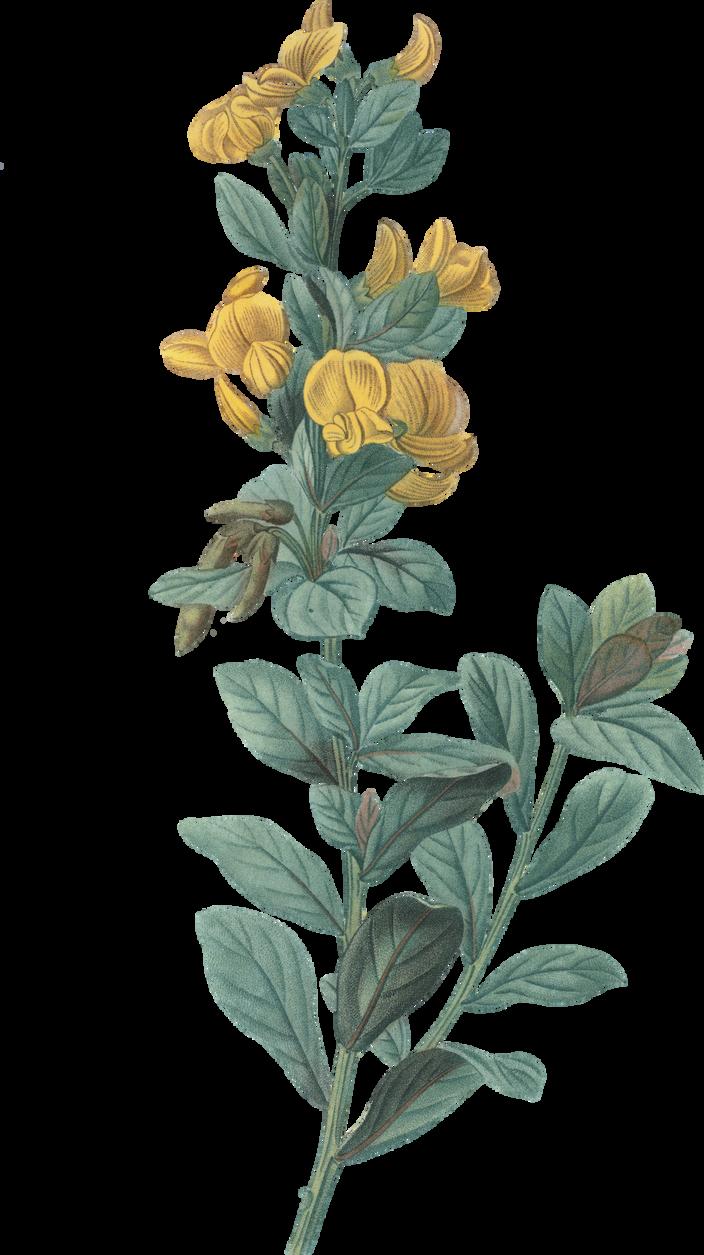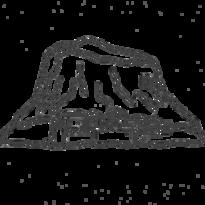

MONEMVASIA
A look at architecture and sustainability through time
by Philippe Hempel

Monemvasia



A look at architecture and sustainability through time
by Philippe Hempel

Monemvasia
Settled as early as 8,000 years ago, Monemvasia was originally called Cape Minoa and played a vital role in maritime trade between mainland Greece and the flourishing civilizations of the Cyclades and Crete It remained an active crossroad well into the Mycenaean and Late Helladic periods (3200 - 1100 BC).
In 375 AD, a strong earthquake reshaped the region The once-connected peninsula separated from mainland, creating the island of Monemvasia. The earthquake also resulted in the partial or complete submersion of several surrounding towns including Plytra, Asopos, and Epidaurus Limera.
The rocky, arid soil lacks natural water sources, and the island is accessible only by a narrow causeway, through which the island derives its name from the Greek “moni emvasi,” meaning “only access.”
Today, Monemvasia is defined by its massive rock that rises nearly 200 meters above sea level stretches 1.5 km long and 600 meters wide at its broadest point. Its summit forms a sloping plateau enclosed by sheer cliffs, and the island is home to two distinct settlements: the restored Lower Town and the ruined and older Upper Town of which only the Church of Hagia Sophia remains.


Monemvasia
583 - 900 AD
Byzantine Founding and Fortification
Laconians,insearchofrefugefromthe ArabsandVisigoths,settledthenewlyformedisland.
Afortifieduppertownwasconstructed alongwiththeinitialbridge.TheByzantine statedeclaredtheadministrativeand religiouscentreforthePeloponnese.
Townflourishedasanavalandmerchant hub,laterexpandingwithaLowerTownon thesouth-easternsideoftherock.
900 - 1204 AD
Spheres of Influence and Franks Conquest
VariouspowersincludingtheVenetians, Pope,Turks,andultimately,theFranksvied fortheisland’sgeopoliticalinfluence.
Althoughundefeatedforover40years,the FrankishKnightssuffocatedtheislandofits resourcesduringa3-yearsiegeduringwhich theinhabitantsnegotiatedfavorableterms forsurrender.


Byzantine Recovery and Golden Age
ShortlyaftertheFranksConquest,the Byzantinerecoveredtheirstronghold,and hetownreceivedimperialprivilegesleading toagoldenageofmaritimetradeanda populationboomexceeding40,000
Theislandbecamerenownedforalocal wineknownasMalmseyorMalvoisie, producedbythesweet,reddishwhite Thrapsagrape
15 CENTURY TO PRESENT TH MonemvasiawasthelastByzantine strongholdtofallin1463,becomingan importantstrugglebetweenGreekruleand Turkishoccupation.Duringa358-year period,itsresourceswereexploited, populationdwindled,anduppertown crumbledintheCretanstruggleandsieges ofTripolitsa,NafplioandCorinth.
Power Struggles and Greek Liberation
In1828,theislandfinallyfellintothenewly formedGreekstateofwhichitremains. p.4
Monemvasia
υλικά
The early construction of both the upper and lower towns relied heavily on locally sourced limestone¹ and schist², readily available from the island’s rocky terrain
These durable materials were wellsuited to the site's defensive needs, forming the backbone of Monemvasia’s fortified structures.

As trade flourished, and particularly during the towns golden age, foreign materials were imported to enhance the aesthetic and symbolic value of key structures
Marble³, in particular, was reserved for ornamental and decorative elements such as columns, cornices, and trims. It appeared prominently in churches, but also adorned the facades of cisterns and certain civic structures, serving both as a durable material and a visual statement of prestige and refinement.


Clay⁴ , imported from the surrounding Peloponnese region, was a vital early resource prized for its versatility and natural resistance to water
It was used widely, from the region’s signature terracotta roof tiles⁵ to decorative elements and ornamental brickwork⁶ , adding both function and refinement to Monemvasia’s architecture.




Throughout Monemvasia’s history, wood remained a scarce and regulated resource as the island’s arid, rocky terrain offered little native supply and its flammability was an important consideration within a dense, fortified settlement.

When used, timber such as cypress⁷ was often imported from mainland forests and used selectively in structural framing, interior elements like doors, and non-defensive features such as balconies and galleries.





Monemvasia

Αγία Σοφία
TheChurchofHagiaSophiawas constructedmainlyduringthe ByzantinereignofAndronicusII Palaiologos(1287–1328),though somepartsdatebackearlier.
1149 - 1150
Central Dome and Cloister
Thelargedomeandcentral structurefollowingByzentinestyle wereaddedalongwithasouthern cloister
1463 - 1540
Addition of the Loggia
UnderVenetianrule,atwo-story west-sideadditionincludeda ground-floornarthexandanupper enclosedgallery.
1540 - 1690
DuringOttomanrule,thechurch becameamosquewiththesouthern doorsealedforamihrab,walls whitewashed,andaminaretbuilton thesouthwestcorner.
1690 - 1715
TheVenetianstookcontrolonce moreandreconvertedHagiaSofia intoaChurch,thoughthistime, underRomanCatholicinfluence andasamonastery
1715 - 1821
WhentheTurkstookoverasecond time,thechurchbecameamosque againuntiltheGreekgained independenceandfinalcontrolover Monemvasia
1821 - present
TheGreeksdemolishedtheminaret, thecloistercollapsedinthelate19 century,andeffortsledby EustathiosStikasinthe th mid20 centuryhaveth restoredoldByzantine elements.


Since there are no natural freshwater springs, rainwater collection systems were developed and the water stored in underground cisterns
Today, the city has shifted to plumbing systems and most of its cisterns are decommissioned.
Throughout its history, different rulers have added onto and rarely destroyed the existing buildings as evidenced with the Church of Hagia Sophia
Today, older buildings may be converted for new uses but while keeping their stonework and structure.

“ThePathsofWater”byMoYStudio-ElenaZampeli WaterCollectionPlazacompletedin2015
With the upper city built on a challenging rock, a dense urban fabric was required providing shade and defense against invaders
As the town expanded and trade increased with Venetian influence, the density remained.
Monemvasia has stood the test of time, adapting to influences, new technology, trade, and culture Now, in an era of globalization and tourism, the island has established boundaries: limiting accommodations, regulating changes to its buildings, and supporting a localized economy.


Schoenauer,NorbertMonemvasiaRevis Lectusadvgr“HistoryofMonemvasia”Monemva monemvasiagr/2017/05/history Hendrix,David“Monemvasia”TheByzantine wwwthebyzantinelegacycom/monem “HagiaSophia,Monemvasia”Wikipedia,WikimediaFo en.wikipedia.org/wiki/HagiaSophia,Mon Lectusadvgr“AghiaSofia(Hodegitria)”Monemva monemvasiagr/2017/05/aghia-sofia-ho
Curated as part of GSGS UVA in Greece: Odyssey in the A Summer 2025
